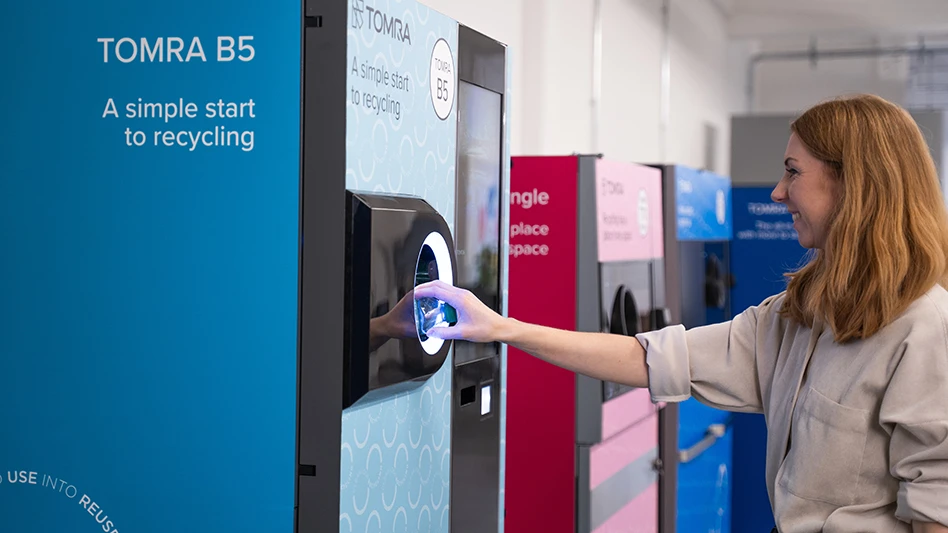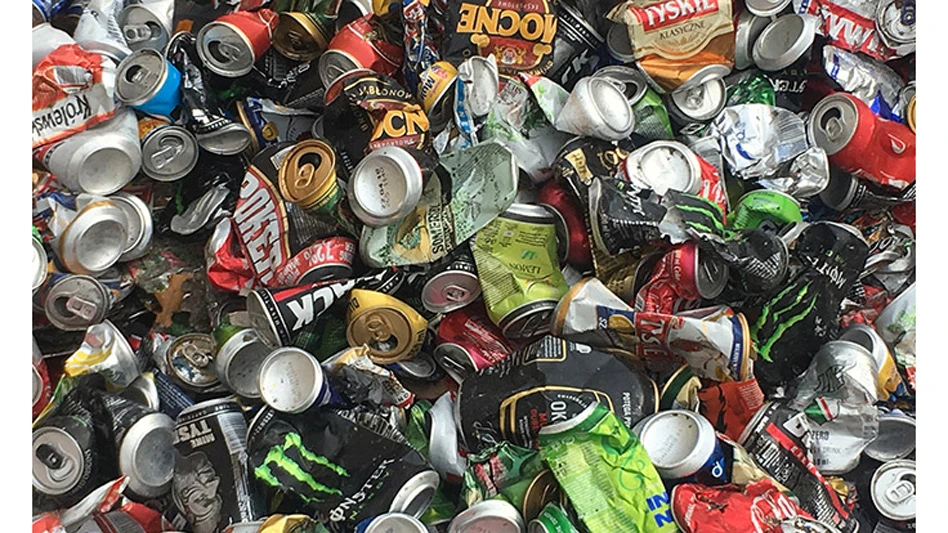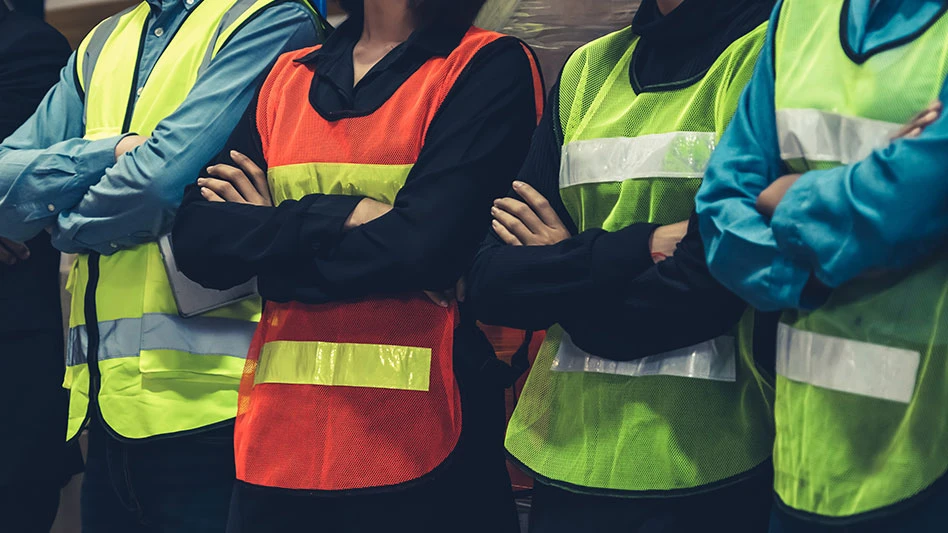
Photo courtesy of Nucor Corp.
The administration of President Donald Trump has been clear in its desire to favor U.S. steel production, boosting a tariff on imported steel this June to 50 percent.
Now, the administration is pressuring four of the highest volume exporters of steel to the U.S. with double-digit reciprocal tariffs—some higher than originally spelled out—if the four countries don’t reach trade deals with the administration.
This month, Trump has issued letters to representatives from more than a dozen countries, pressuring them to reach a deal or face a specific tariff rate on all inbound goods.
Among the countries receiving the personalized letters from the president are Brazil, Canada, Mexico and South Korea. In those documents, he threatens the following tariff rates to take effect Aug. 1: Brazil, 50 percent; Canada, 35 percent; Mexico, 30 percent; and South Korea, 25 percent.
Not always clear when the president makes tariff announcements is whether the newly announced rate will stack on top of existing tariffs, which, in the case of inbound steel and aluminum products, could be a factor.
However, the president indicates the reciprocal tariff will be added to the metals-specific rates placed on steel and aluminum and, in the near future, potentially copper).
In his letter to the South Korean president, for instance, Trump writes, “Starting on Aug. 1, 2025, we will charge Korea a tariff [of] 25 percent on any and all Korean products sent into the United States, separate from all sectoral tariffs.”
In the case of Canada and Mexico, some exemptions to the looming tariffs include items or materials spelled out in clauses of the United States-Mexico-Canada Agreement (USMCA) trade pact.
Copper’s status as a “critical mineral” could lead to such an exemption.
Steelmakers and buyers in the U.S., however, could be entering a reconfigured landscape this August if stacked tariffs greet steel shipped from Brazil, Canada, Mexico and South Korea.
U.S. Commerce Department Steel Import Monitoring and Analysis statistics aggregated by the Washington-based American Iron and Steel Institute (AISI) portray the leading role those nations play in supplying the U.S. with semifinished and finished steel.
The figures show that in the first half of this year, the three largest suppliers of imported steel to the U.S. were Canada (2.77 million tons), Brazil (nearly 2.59 million tons) and Mexico (1.7 million tons).
While AISI does not spell out which countries rank fourth and fifth, South Korea typically places in the top five in each monthly breakdown. In June, steel importers in the U.S. applied to bring in 267,000 tons of South Korean steel, ranking it third behind only Brazil and Canada.
The flurry of tariff announcements issued by Trump, including delays and changed tariff rates, have prompted consulting firms and trade associations to monitor and analyze the activity on an ongoing basis.
Steel recyclers and traders who are members of the Washington-based Recycled Materials Association can receive emailed alerts from staff members by securing a place on the relevant ReMA distribution list.
Latest from Recycling Today
- ReMA urges open intra-North American scrap trade
- Axium awarded by regional organization
- China to introduce steel export quotas
- Thyssenkrupp idles capacity in Europe
- Phoenix Technologies closes Ohio rPET facility
- EPA selects 2 governments in Pennsylvania to receive recycling, waste grants
- NWRA Florida Chapter announces 2025 Legislative Champion Awards
- Goldman Sachs Research: Copper prices to decline in 2026





